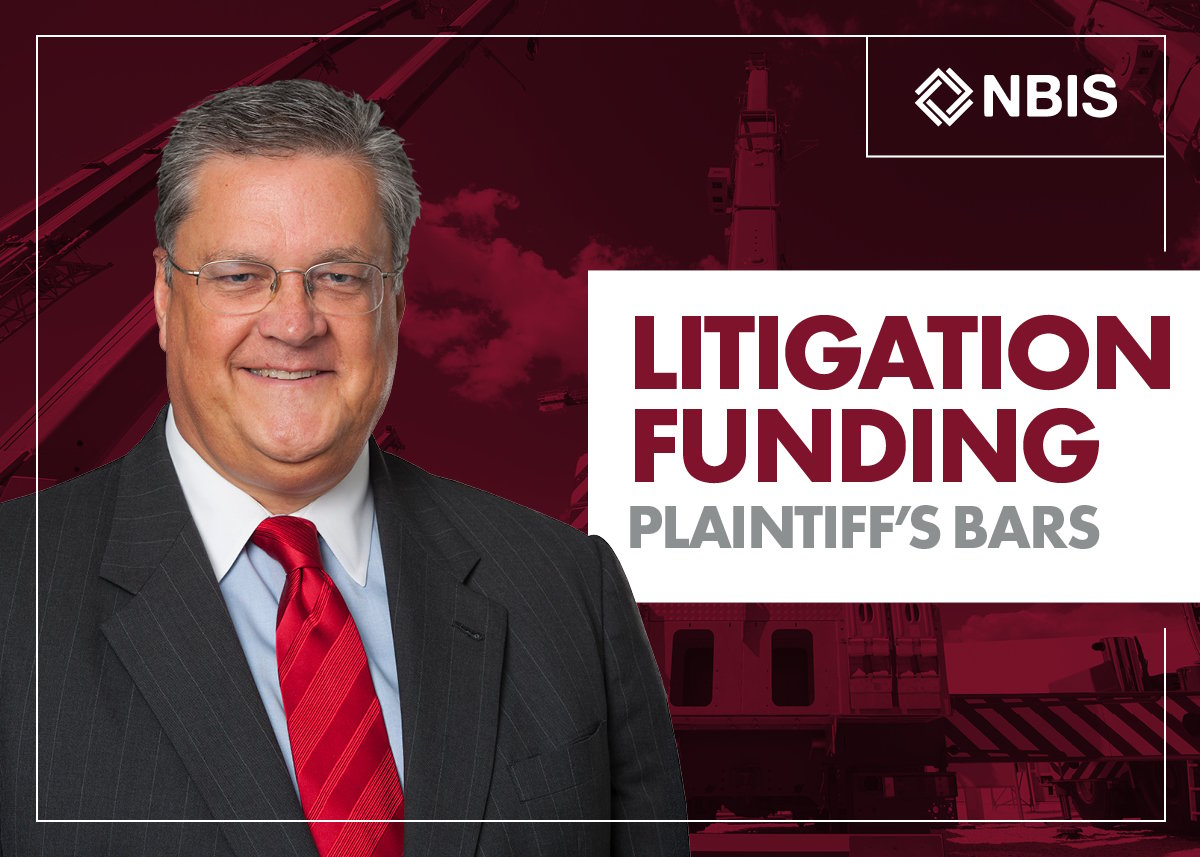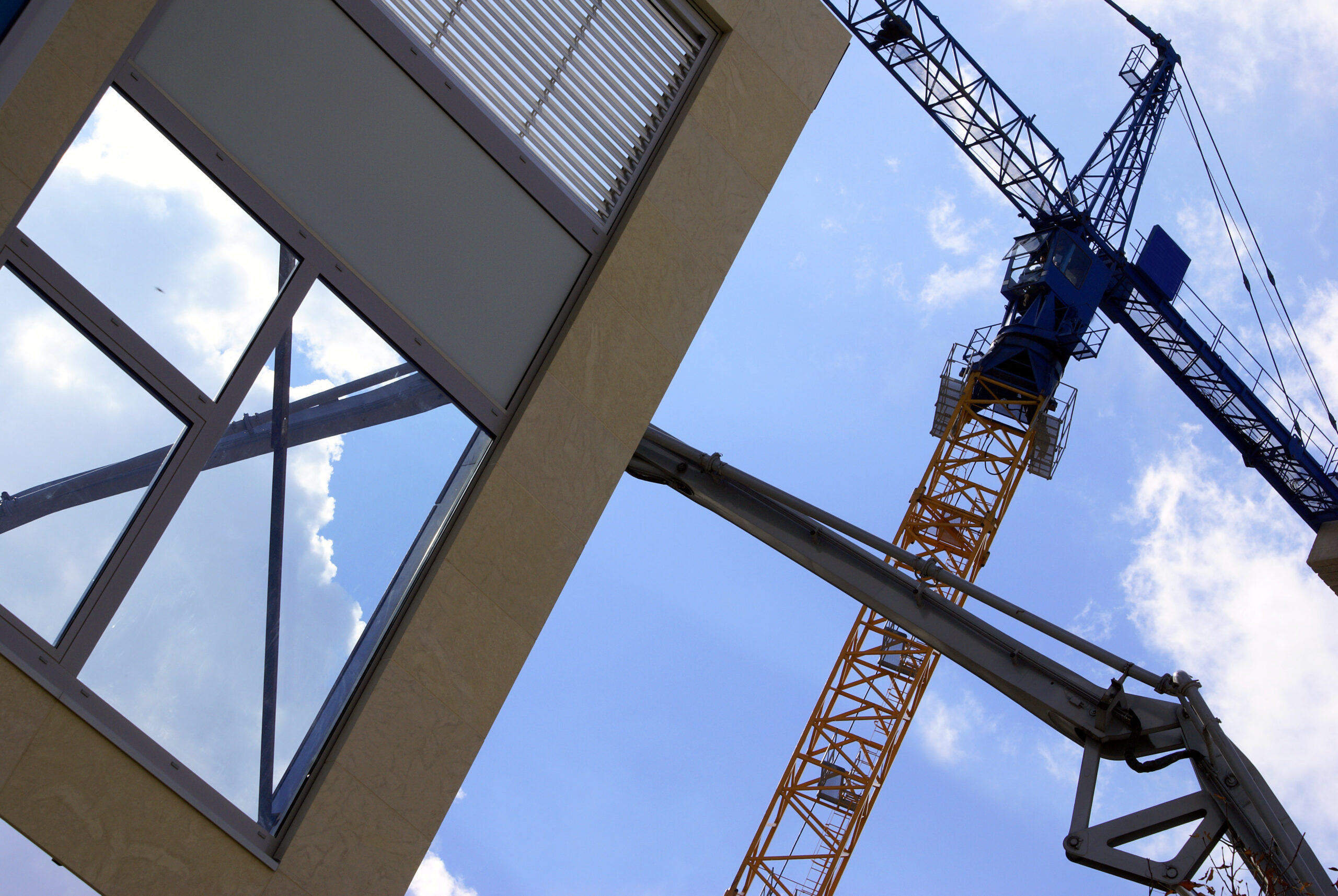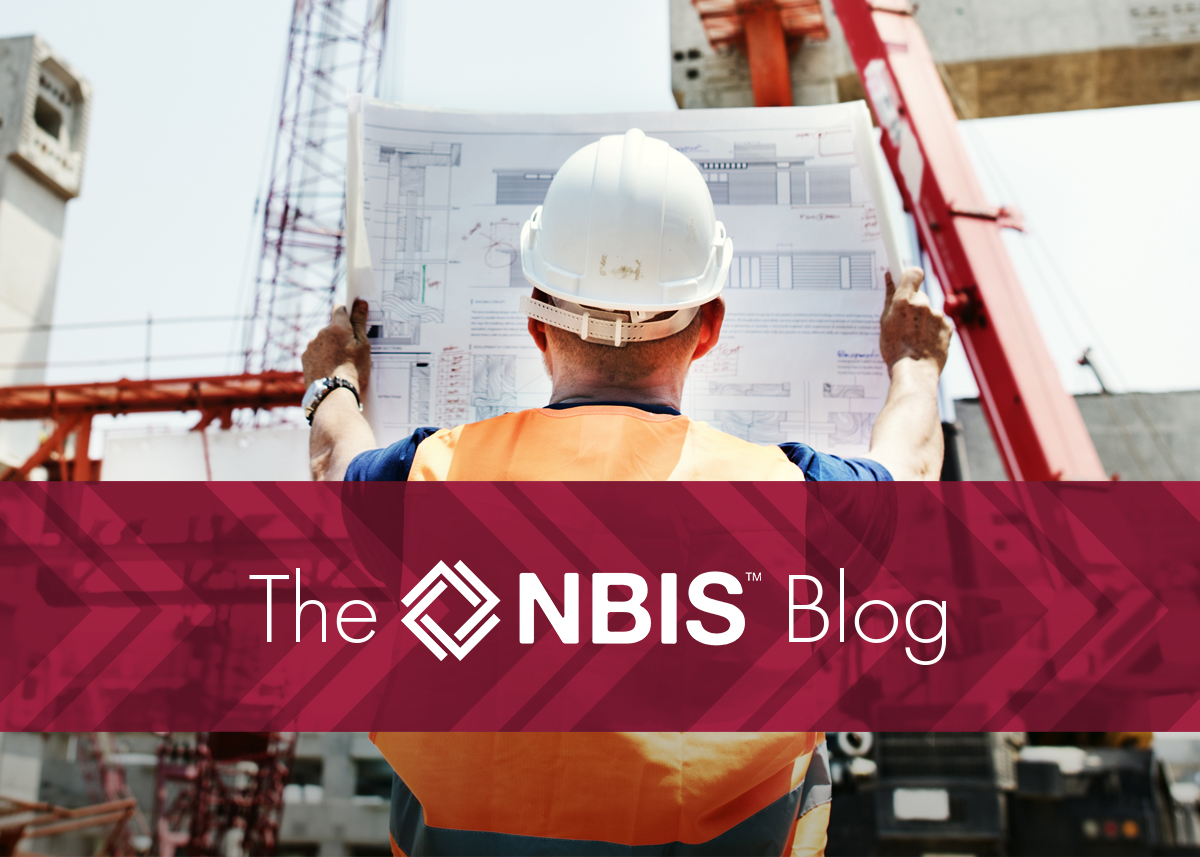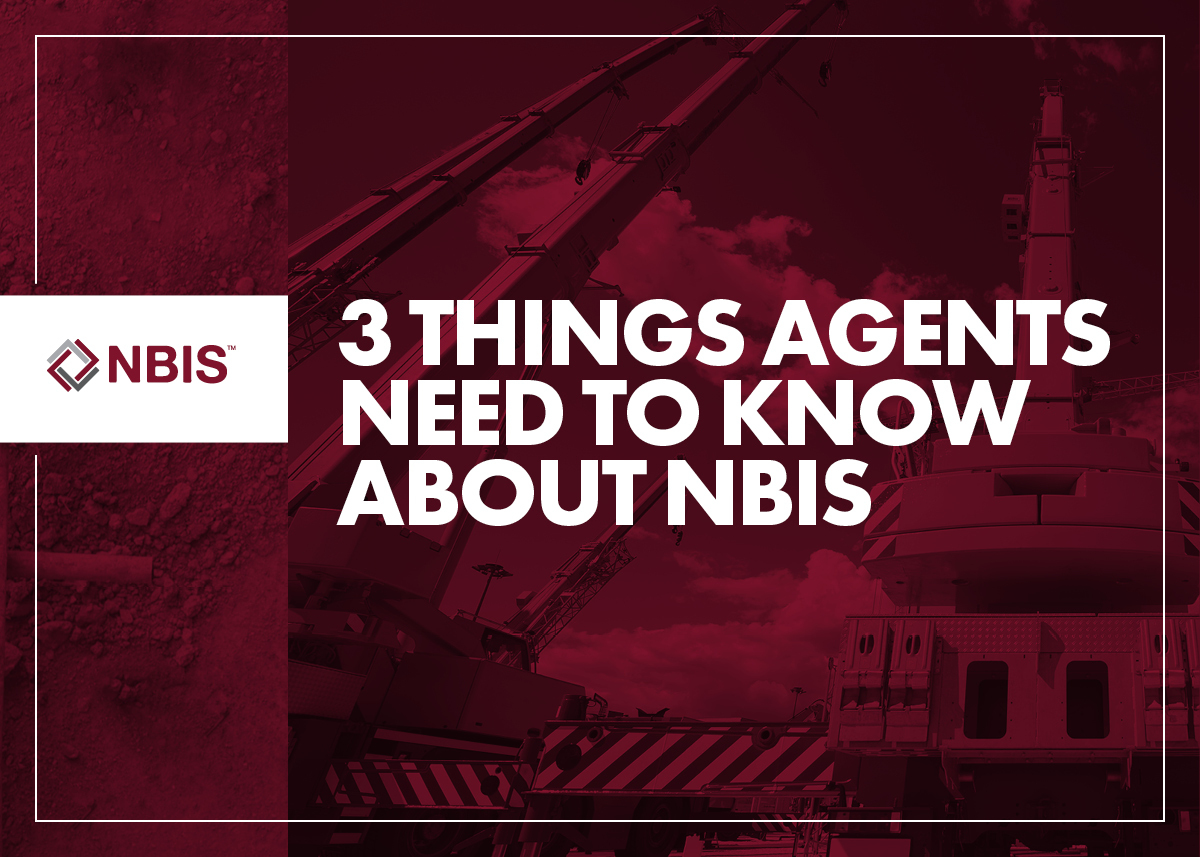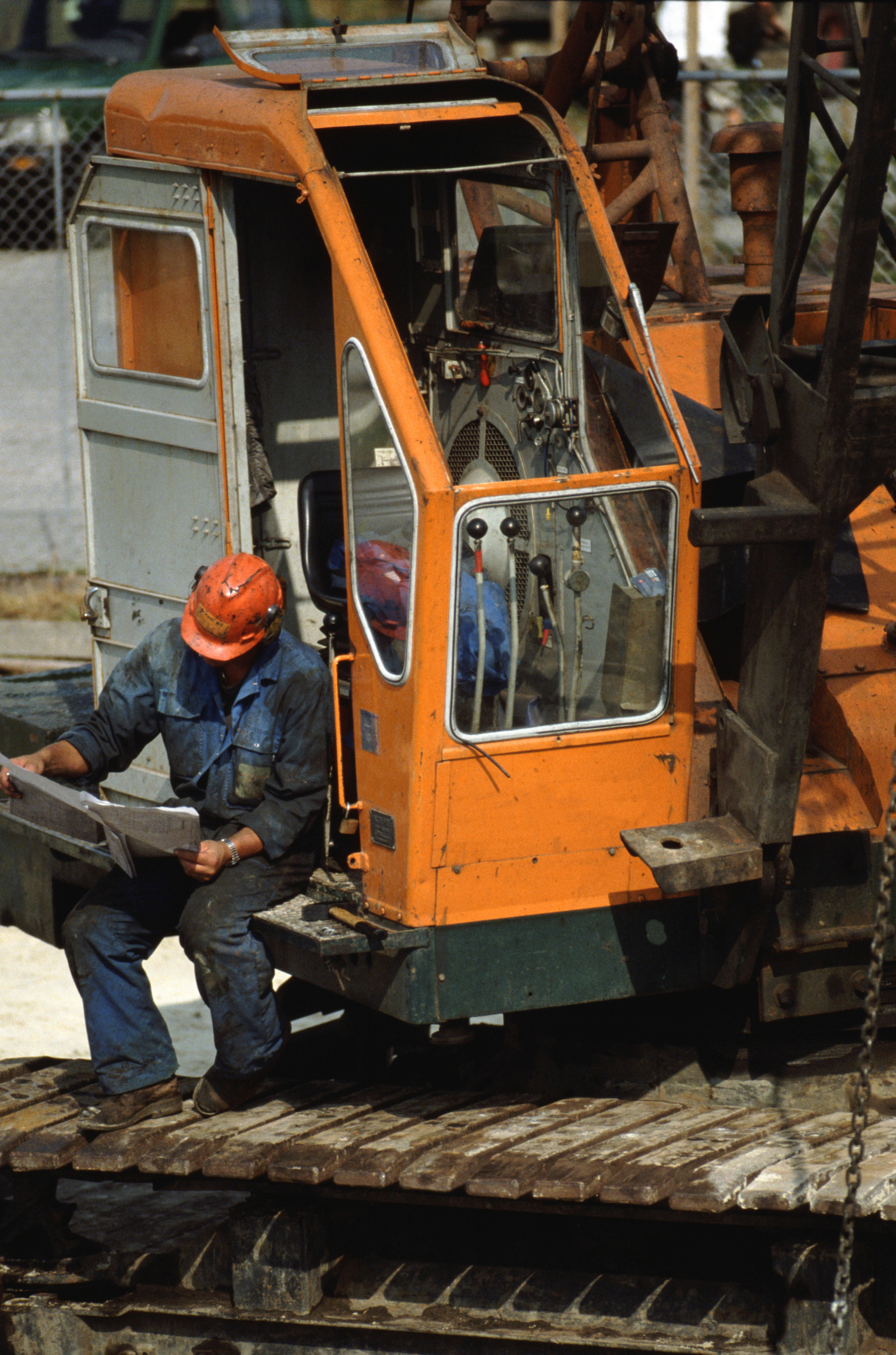What does indemnity really mean?
Navigate the crane insurance landscape long enough and you’re bound to run into a contract or two. And one thing you can be certain about is that the crane rental contract is going to have an indemnity clause.
From master service agreements and subcontract agreement to lease agreements, broker agreements, and rental agreements, the heavy construction industry is jam-packed with contracts that outline everything from liability to responsibility. In a litigious climate where lawsuits are flying left and right, you need to make sure you’re protected. Knowing what it all means is the first step toward that.
One of the key issues that crane insurance providers and buyers are most interested in is indemnity, which determines the level of liability crane insurance policyholders are assuming or passing on to their customers.
However, there’s sometimes some confusion about what indemnity actually is, and why it’s important.
Understanding Indemnity
At its most basic level, indemnity is the promise to pay for the cost of possible damage, loss, or injury. It can be broken down into three main types.
- Broad-based indemnity: Where the indemnitor (the one doing the indemnifying, or promising) is assuming an unqualified obligation to defend other parties and hold them harmless for all risk and liability, regardless of fault.
- Intermediate indemnity: Where the indemnitor assumes risk and liability, but not for loss and damages that are caused by the sole negligence of the indemnitee.
- Limited indemnity: Where the indemnitor and indemnitee assume liability and indemnify each to the extent of their own fault. (This means, essentially: “I take responsibility for anything that is my fault and you take responsibility for anything that is your fault.”)
When it come to crane insurance, whether the indemnity you’re signing up for is broad, intermediate, or limited, understanding the ramifications of each type is extremely important.


